It’s only a matter of time and foldable phones will be the new norm, just like bezel-less displays and dual-lens camera phones are now. At the MWC 2019, we’ve already seen a handful of these phones from Samsung and Huawei and we expect a few more to come in the near future.
When compared to the first-ever foldable phone, the ZTE Axon M, the new foldable phones are indeed a marvel and a true picture of what’s coming. The unpopularity of the Axon M was obviously because the market wasn’t – and probably still isn’t – ready for this technology. The new kids on the block do little to change things, especially when their prices are considered, but with time, we should see more vendors joining the party with more affordable foldable phones. It’s going to be an interesting 10 years to come.
At the heart of this changing smartphone form factor, as you may have already guessed, is Samsung and Huawei, the two leading Android smartphone vendors in the world. However, they are not alone in this. With foldable phones set to take over the future of smartphones, let’s take a quick look at how Android stands at the moment.
Samsung Galaxy Fold
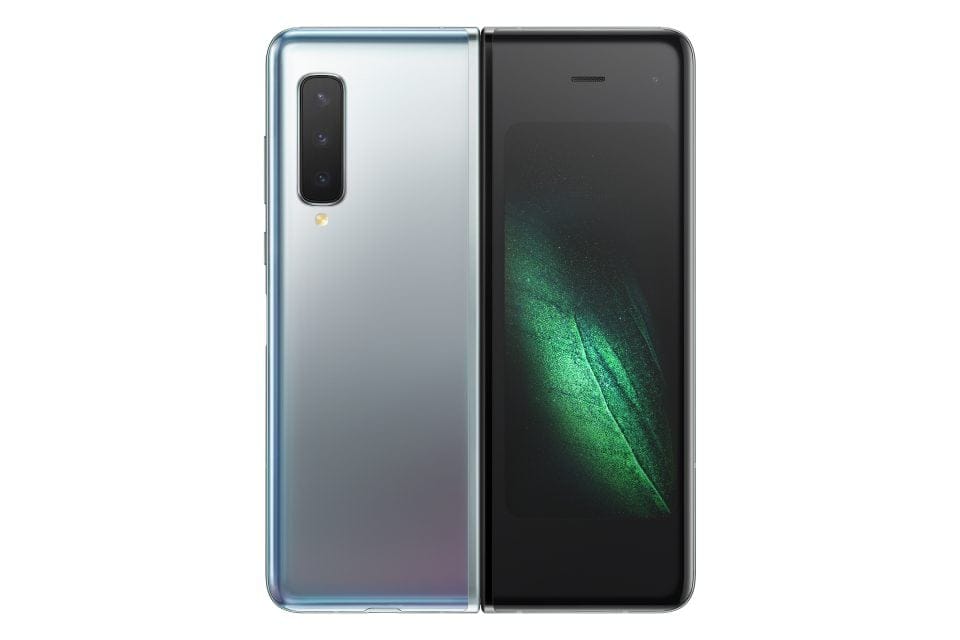 After years of rumors, Samsung finally unveiled its first foldable smartphone on February 20, 2019, just ahead of the MWC 2019 tech show. The phone matches most of what was rumored, featuring an in-ward folding design that leaves a small 4.6-inch Cover Display to keep it useful when folded. When unfolded, the phone assumes a large 7.3-inch tablet-like screen that Samsung calls Dynamic AMOLED display and features the company’s Infinity Flex Display technology.
After years of rumors, Samsung finally unveiled its first foldable smartphone on February 20, 2019, just ahead of the MWC 2019 tech show. The phone matches most of what was rumored, featuring an in-ward folding design that leaves a small 4.6-inch Cover Display to keep it useful when folded. When unfolded, the phone assumes a large 7.3-inch tablet-like screen that Samsung calls Dynamic AMOLED display and features the company’s Infinity Flex Display technology.
The phone folds on the inside, leaving three cameras on the back, one on the front, and two just above the 7.3-inch panel when the phone unfolds. Samsung says this makes the Galaxy Fold your perfect photography companion because lenses are just about everywhere.

Samsung Galaxy Fold will be available in the U.S. through AT&T and T-Mobile beginning April 26 priced at a whopping $1,980. You can check out the specs, features, and more details of the device in the links below.
Related:
Huawei Mate X
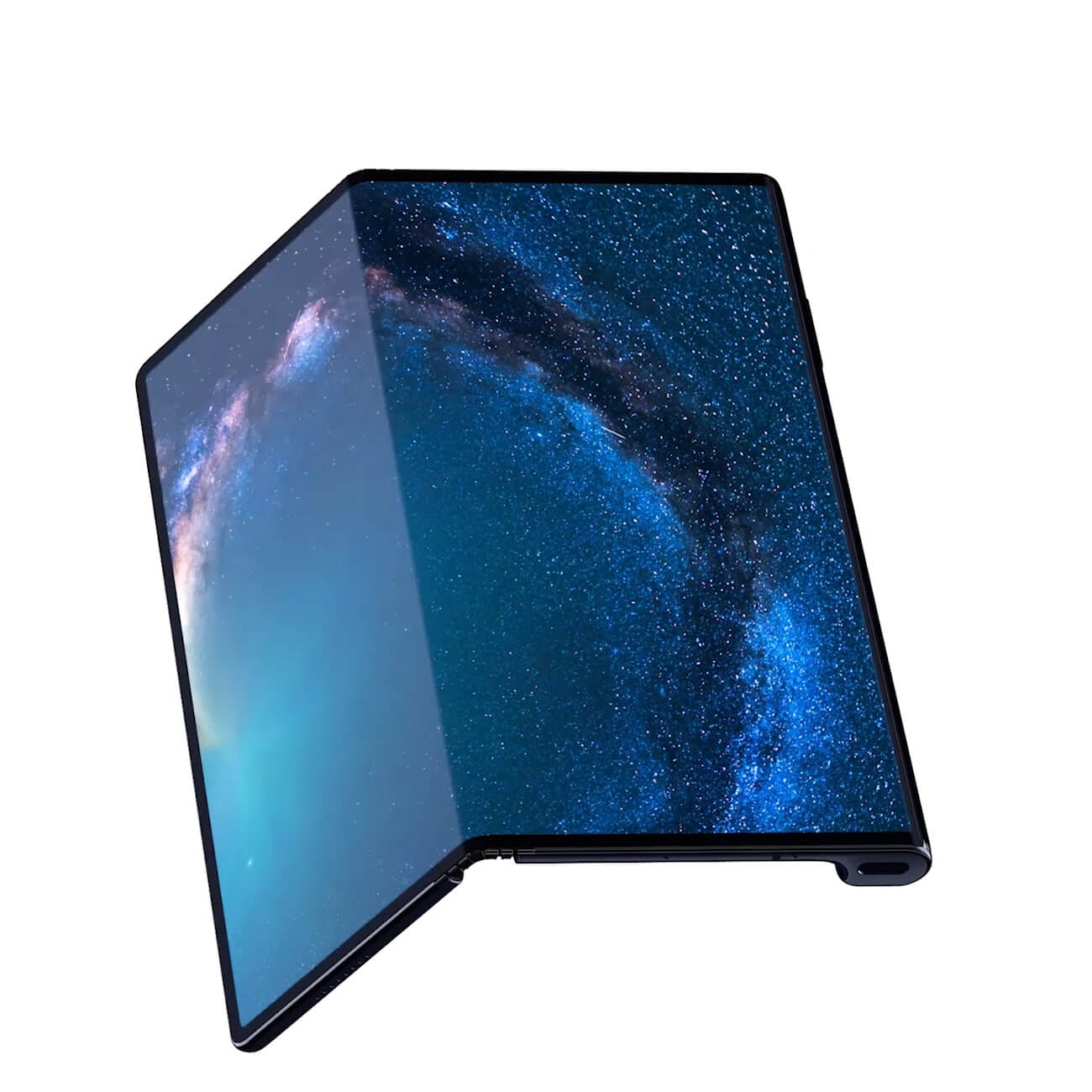 After Samsung, Huawei went on stage to launch its foldable smartphone dubbed Huawei Mate X. The smartphone, unlike the Galaxy Fold, bends leaving the screen on the outside. This also leaves users with two massive display screens when the phone is folded and it gets even better when unfolded.
After Samsung, Huawei went on stage to launch its foldable smartphone dubbed Huawei Mate X. The smartphone, unlike the Galaxy Fold, bends leaving the screen on the outside. This also leaves users with two massive display screens when the phone is folded and it gets even better when unfolded.
We are talking about a single 8-inch OLED screen with no notch or cutout and wraps around the device from the outside, ending up with what seems like a much thinner and more appealing take on foldable phones. When folded, the device turns into a dual-screen handset with a 6.6-inch 19.5:9 panel that boasts a resolution of 2480 x 1148 pixels and another 6.38-inch 25:9 panel with a resolution of 2480 x 892 pixels.
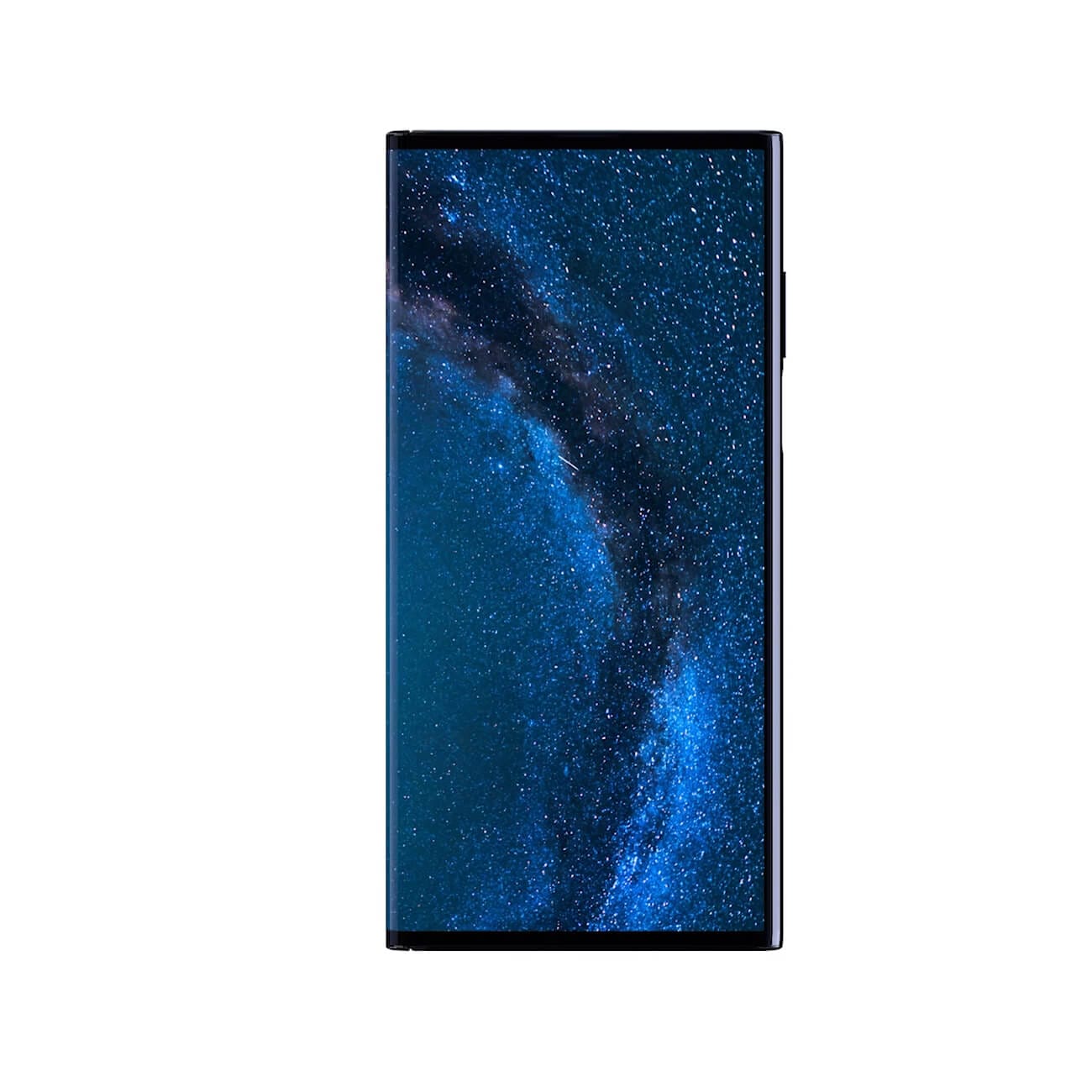
At the launch event, Huawei did confirm that its foldable smartphone, which is also the company’s first to offer 5G connectivity, will begin selling in Europe in mid-2019 priced at €2,299. You can check out more details about this phone in the link below.
Related: Huawei Mate X 5G: All you need to know
LG
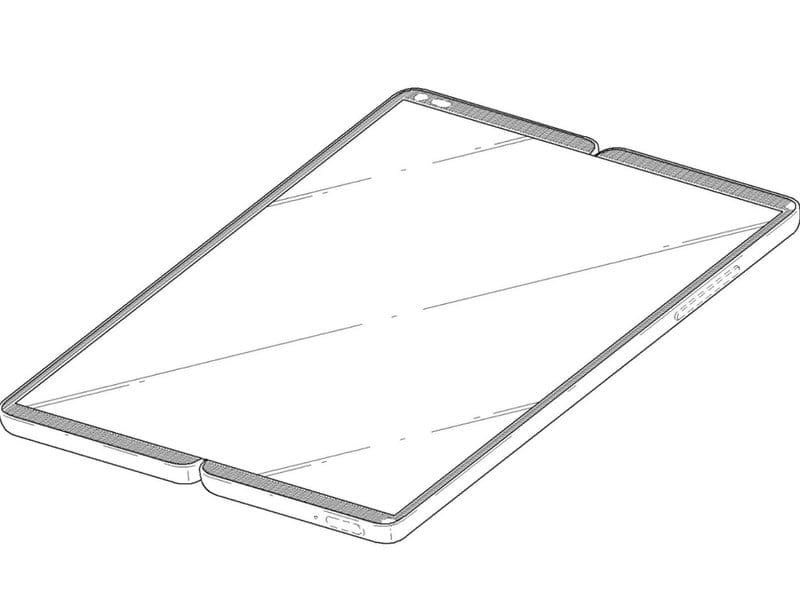 LG is not only Samsung’s local rival in South Korea, but the two are always battling out for a share of the global cake. Although LG’s smartphone division is expected to take a restrained approach in the near future, the company has also been talked up in the foldable smartphone business.
LG is not only Samsung’s local rival in South Korea, but the two are always battling out for a share of the global cake. Although LG’s smartphone division is expected to take a restrained approach in the near future, the company has also been talked up in the foldable smartphone business.
In 2018, patents for two foldable phone concepts filed by LG were discovered, prompting suggestions that Samsung might get an immediate competitor. How soon LG’s works on foldable phones will commence still remains to be seen, but these patents are in no way a guarantee that the device will materialize.
Previous reports further suggested that LG’s foldable smartphone would be announced at the CES 2019 event, but as we all know this didn’t materialize. As a result, even more rumors started showing up with claims of an MWC 2019 launch, but newer reports indicate otherwise – that even though the company still retains an interest in the foldable smartphone business, it will only bring in a device of their own when the time is right.
Apparently, the demand for foldable phones is still too weak but when things change, LG will be ready with a foldable phone of their own. When exactly this will happen is a mystery, especially since its dependent on dynamics that are uncontrollable.
ZTE
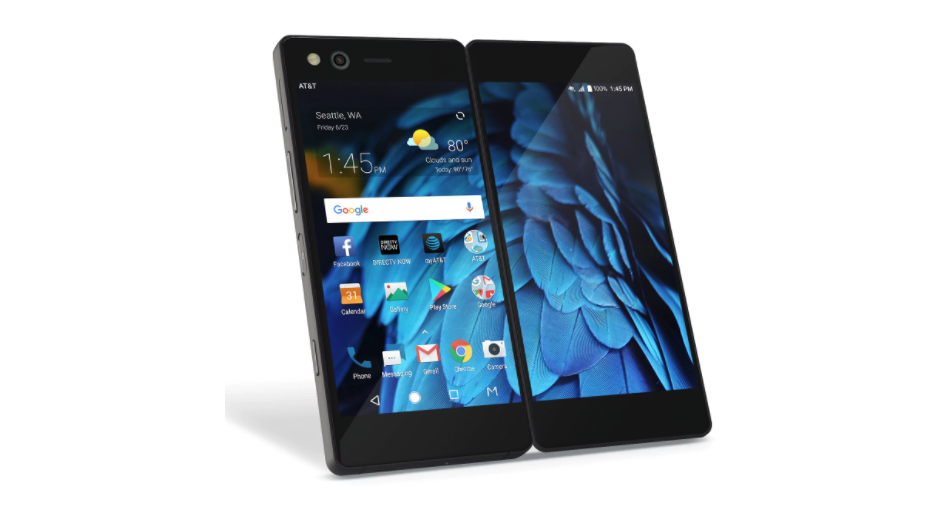
As noted, ZTE already laid the groundwork for foldable phones when it launched the Axon M back in 2017. The phone isn’t that popular, but we can’t blame the company for this lack of popularity, rather, it’s the consumers that are still not ready for this technology.
Still, the Chinese company isn’t giving up and in an interview with Engadget at the CES 2018, the company said that the Axon M is only the beginning and that it plans to unveil a true foldable smartphone to rival what Samsung is planning.
Related: Best Huawei Honor phones
Xiaomi

In early 2017, patents of a Xiaomi foldable smartphone were discovered online and later, it was rumored that the Chinese OEM has plans to unveil a phone called Xiaomi Fold. As the name suggests, this is a foldable smartphone, but details about the company’s progress have remained scanty.
It has been rumored that the said Xiaomi Fold would be unveiled this 2018, but given the lack of any major leaks or rumors, it seems unlikely to happen.
Update [July 31, 2018]: Reports surfacing from China claim Oppo and Xiaomi have come up with a foldable smartphone development project with the aim of taking on Samsung. Apparently, the two will be working together with industry-leading suppliers of foldable display screens with an aim of launching their phones in 2019.
The implementation of the foldable display technology is said to be a little different from what Samsung and Huawei are rumored to be working on. Apparently, Xiaomi has plans to go with an out-folding panel, which should present an interesting option. Like Huawei, Xiaomi and Oppo are said to be considering working with Chinese suppliers like BOE, but LG Display is also in consideration.
Oppo
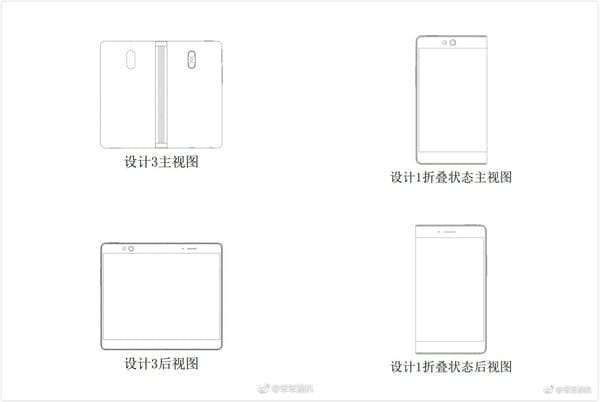
Another big player from China that is also said to be toying around with the idea of foldable smartphones is Oppo. The company was reported to have filed patents pertaining to a foldable smartphone back in January 2018 and while we haven’t heard much about it since then, Oppo is known for its willingness to be part of the current trends.
As usual with any patents, there’s nothing much we can gather from the listing regarding the Oppo foldable phone, including the possible release date. While the company was mistakenly thought to have confirmed the launch date of its foldable phone to be Q1 2019, it has since verified its stance on the matter, claiming that perhaps news about its plans on foldable phones could be the only thing we get in early next year.
Nokia
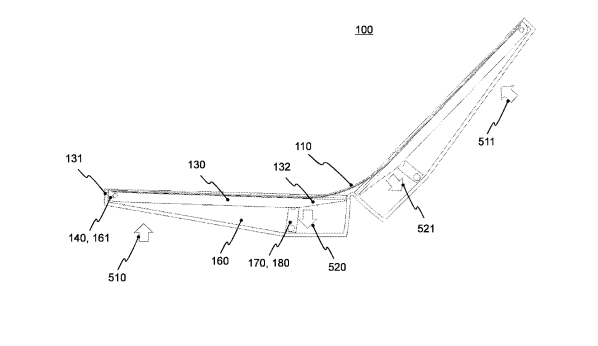
After several years of silence, Nokia is back with a bang. Besides the remarkable decision to go full-on with Android One, HMD-backed Nokia is also believed to be prepping a foldable smartphone. Thanks to patents unearthed by Phone Arena, it appears that the Finnish company has plans to take on the big boys in the Android world with a foldable phone of its own.
It’s worth noting that Nokia has been in the mobile phone business for decades and in fact, Phone Arena points out that the company has been filing similar patents since 2005. In short, maybe there’s nothing special about the latest filing, but given the expected shift to foldable smartphones, now might just be the perfect moment for Nokia to pounce.
Related: Best Nokia phones
Sony
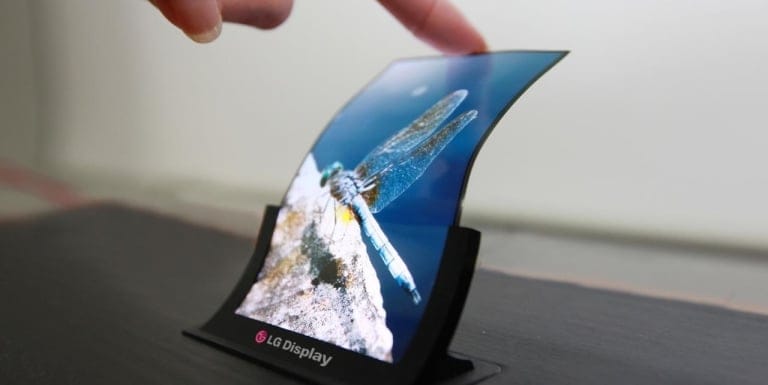
Sony might not be enjoying the best of market presence in the U.S., but the company has a significant following outside the first and second biggest smartphone markets in the world, more so in Europe. For this reason, the Japanese OEM cannot be written off whatsoever and in fact, rumors suggest that LG could help Sony realize the dream of a foldable smartphone thanks to its OLED display technology.
Sony already works with LG Display for the supply of curved display panels used on the former’s smart TVs. In January 2018, Business Korea reported that future Sony smartphones will come with flexible OLEDs, but no further details about the exact design or when these phones will go mainstream wasn’t talked up at the time.
Other reports suggest that Sony is working on a foldable smartphone that will include a transparent panel. Now, this is interesting, especially since this is now a patented design. Still, its worth noting that not good things always come from patents. After all, we’ve seen so many before that never materialized.
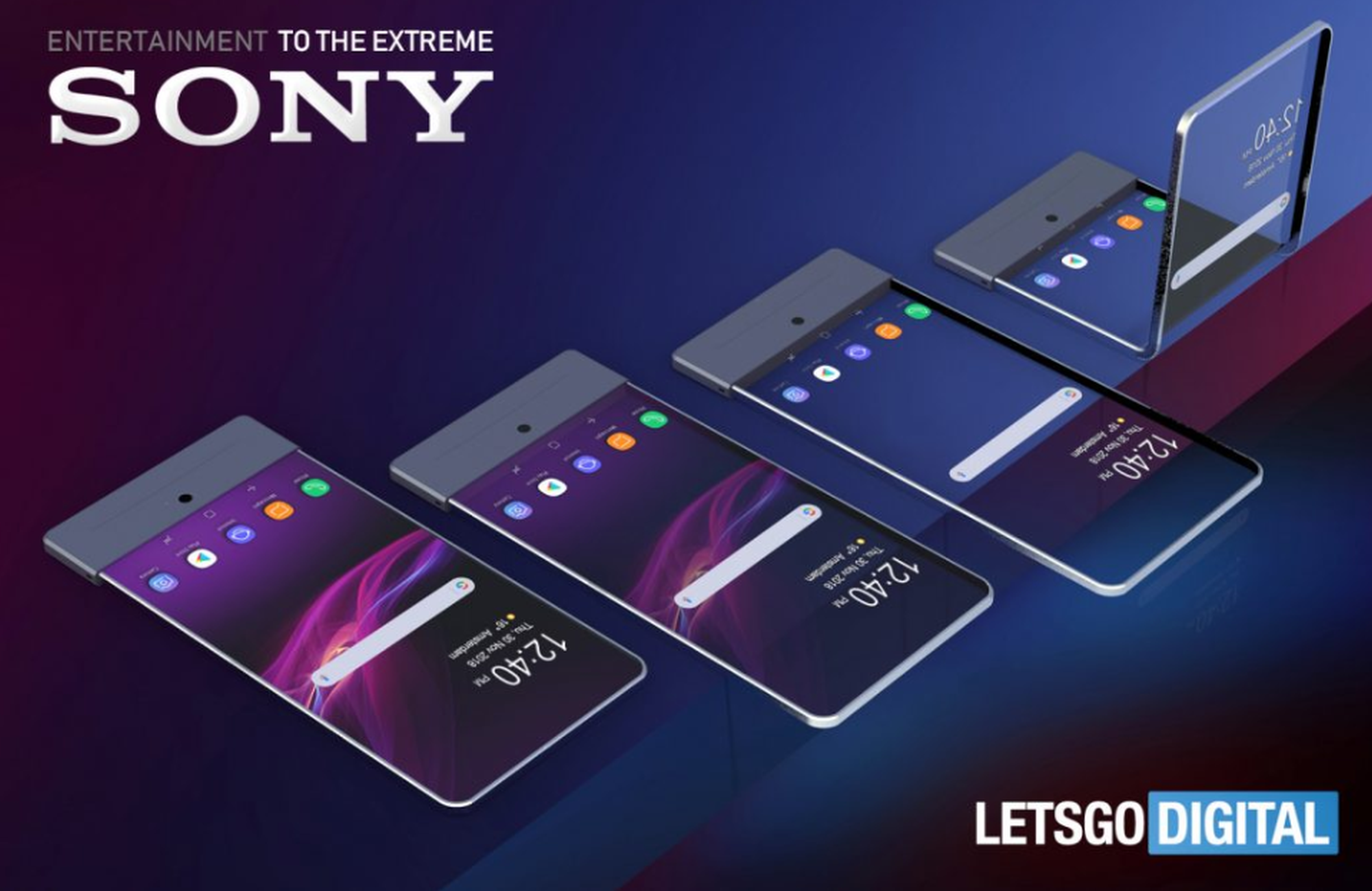
Related: Best Sony phones
HTC
The idea behind foldable smartphones is so as to create a device that is flexible enough to fit into a shirt’s pocket when not in use and when in use, it can get as big as a tablet. Now, there hasn’t been any news of an HTC foldable smartphone, but the Taiwanese company isn’t new to “foldable” technology.
Earlier this year, HTC filed patents for a foldable Mobile VR viewer that aims to solve one major problem with current mobile VR headsets – portability. While the design might slightly different from what we expect to see on foldable smartphones, the reasoning behind the need for a foldable mobile VR device is in no way different from the one behind having foldable smartphones. This is a hint that HTC could also join in at some point.
Related: Best HTC phones
Lenovo
Another Chinese vendor that is always willing to try out new stuff is Lenovo and apparently, the company is also lining up a certain Lenovo C Plus foldable smartphone. However, unlike others on this list that fold into a phone and unfold into a tablet, the alleged Lenovo C Plus will fold into a smart wristwatch and unfold into a 4.35-inch smartphone.
The device will be able to seamlessly switch between smartphone and smartwatch modes depending on the current usage and apparently, it will also include eSIM card support for LTE services.
Motorola
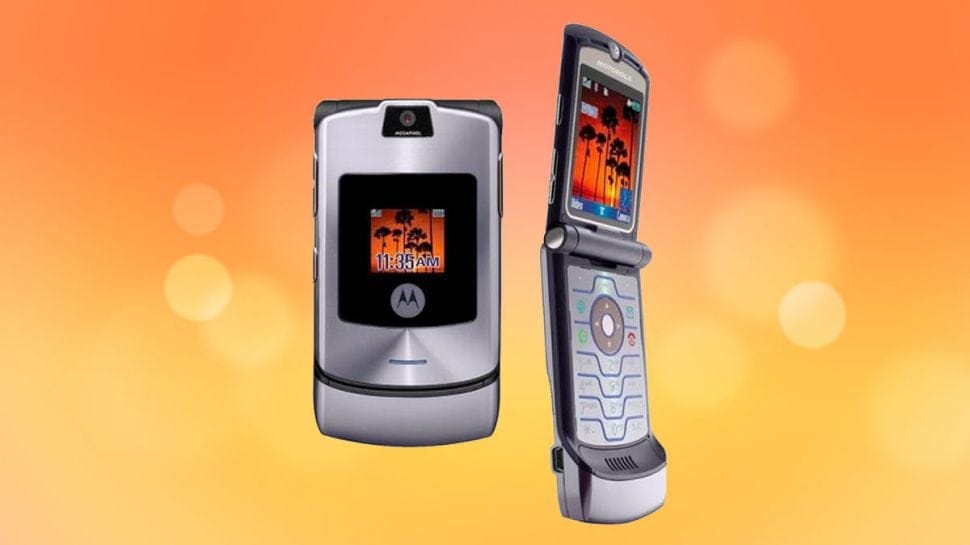
Owned by Lenovo, Motorola is going through a turbulent time and it direly needs something to take it back to its glory days. With wireless charging becoming a thing, perhaps it’s time for the Moto Mods to flourish, but it seems the company will also not be shy at giving the foldable smartphone business a shot.
Speaking to Tech Radar at the MWC 2018, Lenovo CEO said that “with the new technology, particularly foldable screens, I think you will see more and more innovation on our smartphone design,” Do you need more evidence than this to know that Motorola has plans to release a foldable smartphone in future? No, you don’t! But when exactly this will happen remains a mystery.
Related: Best Motorola phones
Now, according to some patents filed by the company, it appears that Motorola is indeed working on a foldable smartphone. From the images, we can see that Motorola is going the typical way with an inward folding display that will probably have a hinge to support the two bending plates. Given that Motorola has had quite a number of phones that can fold in this manner, the choice here doesn’t surprise us. But of course, it’s not easy to make design conclusions based on patents, so we’ll have to wait and see what the company has in plans. Either way, we at least know that the Lenovo-owned company is living up to its statement.

Samsung started pushing for the current bezel-less design back in 2014 with the launch of the Galaxy Note Edge and in 2015 came the Galaxy S6 Edge and S6 Edge+. It took Google about four years before buying into the idea of slimmer bezels and it eventually ended up with the Pixel 2 XL, a device that has had a share of its own problems.
Despite the changes in display design, it is only with Android P that Google has introduced official support for display screens with various form factors such as the notch, multiple display screens, and foldable displays. There’s no way Google would add support for these designs and not have one of its own, is there?
Wrap up
At the CES 2009, Samsung showed off the first foldable OLED display and four years later at the CES 2013, the Korean company demoed the first foldable smartphone concept. So, what do these two cases tell us? They tell us that Samsung has been perfecting the foldable display technology for years and it’s almost time. But when exactly remains to be seen.
While Samsung looks almost certain to be the first to debut a true foldable smartphone, we cannot write off industry first ZTE, or even LG and Xiaomi, especially the latter. Chinese OEMs are known for their desire to be the first to certain technologies, something we even saw recently with Vivo’s move to be the first to debut a smartphone with in-display fingerprint scanning technology ahead of Samsung and co.
Even more interesting are developments coming from Microsoft and Apple camps pointing to foldable smartphones, but there’s little chance that any of them will beat Samsung to commercializing foldable smartphones.
Do you think foldable phones are the next big thing in the smartphone industry? Let us know in your comments below.

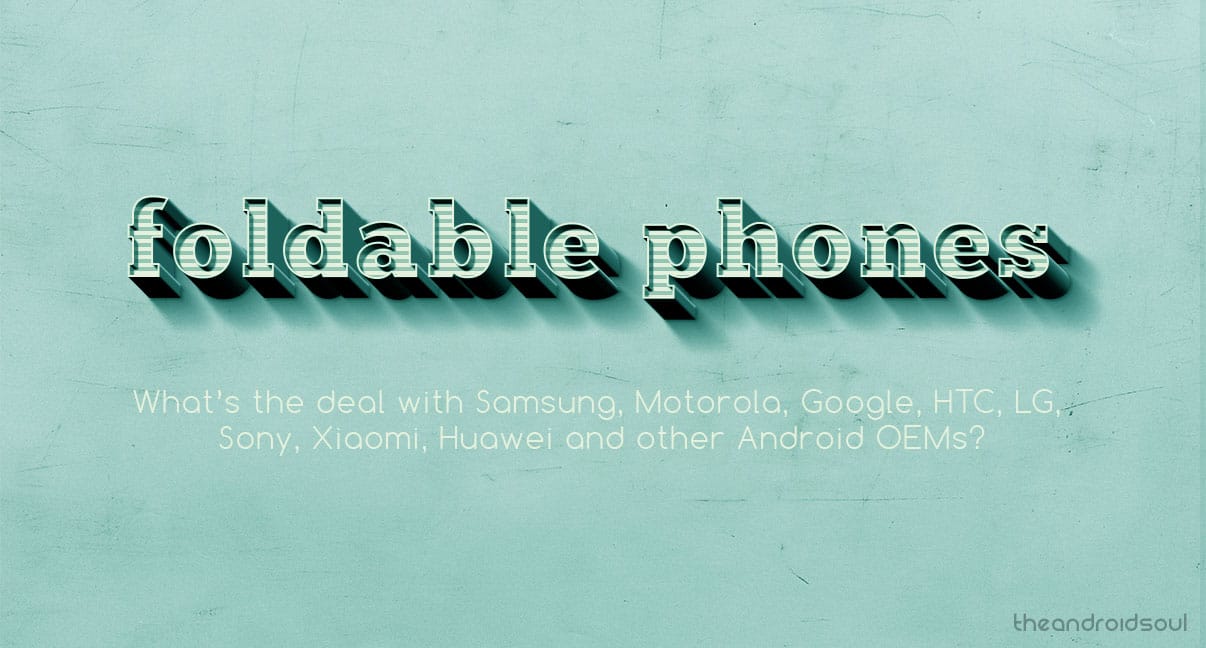











Discussion